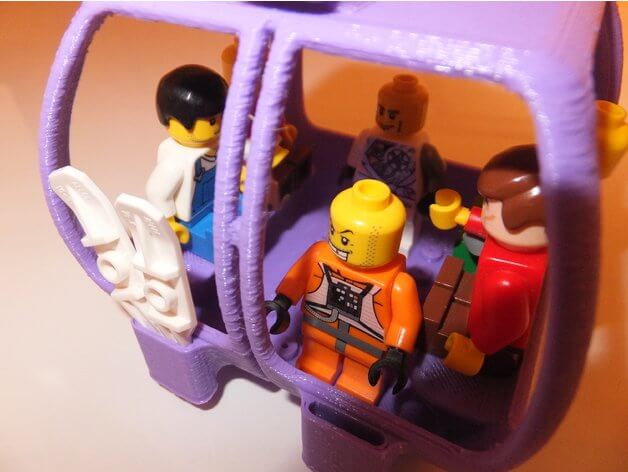
The study
With the advent of public internet platforms in recent years, remixing has also found its way into the field of digital design, gradually and alongside influencing the music and art sectors. Platforms for 3D models, such as Thingiverse, reflect this new trend, but there is little information about the remixing process and its contextual factors.
Therefore, the research team set about empirically analysing the data and models of the Thingiverse users of the past six years. Four focal points of the study were defined:
- The importance of remixes in design communities
- The different patterns of remixing processes
- The features of the platform for remixing processes
- The profiles of remixing users
The results
The study showed that the more tags (from 0 to 129) are added to a model, the more often it is remixed, it drags along a “remix chain“, i.e. whether it has already been remixed several times or not, and it plays a role from which source, i.e. from which maker, the model originally comes. Furthermore, the number of views, likes or downloads influence whether a model is interesting for remixing.
The Remixing Process
How a model is actually remixed, which different patterns become clear, how much the platform Thingiverse is predestined for remixing and how a profile of a remixer looks, can be found online in the detailed study description under the title Copy, transform, combine: exploring the remix as a form of innovation in the Journal of Information Technology.
Source: Copy, transform, combine: exploring the remix as a form of innovation






















